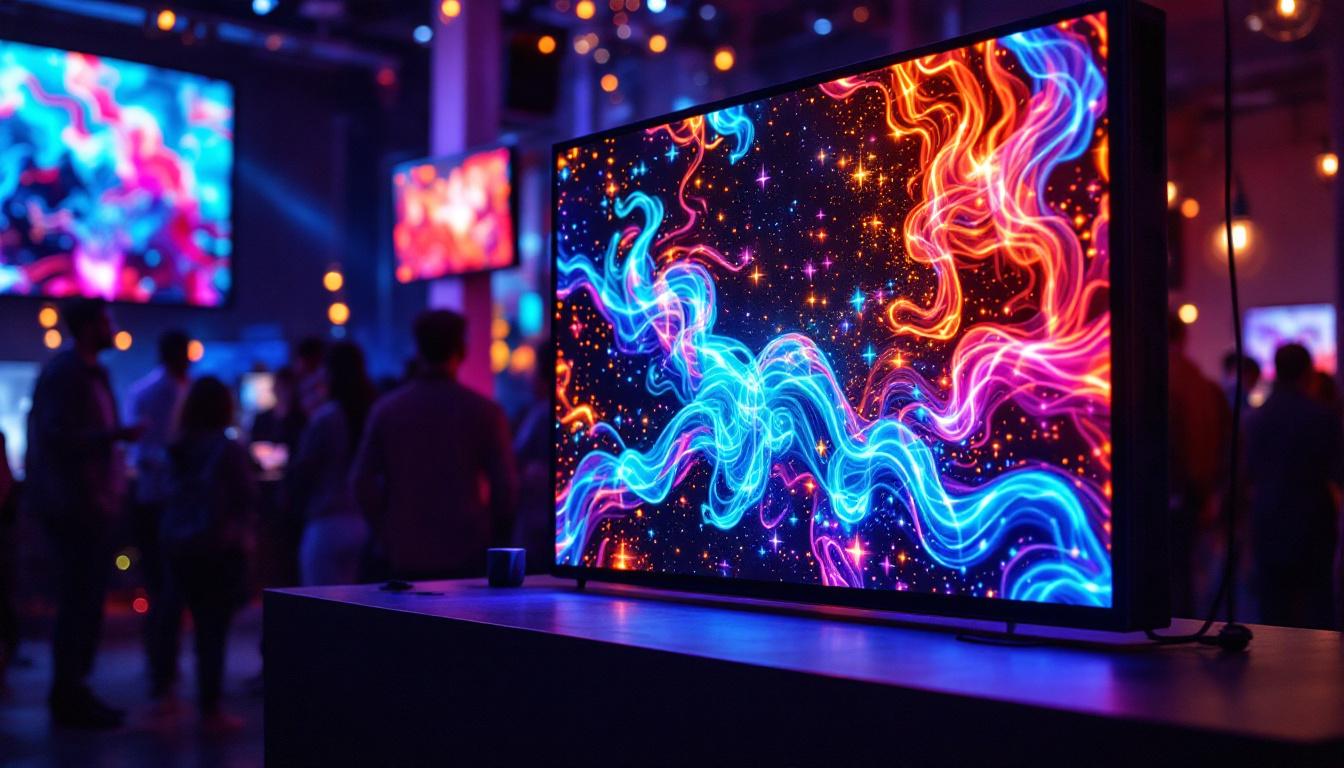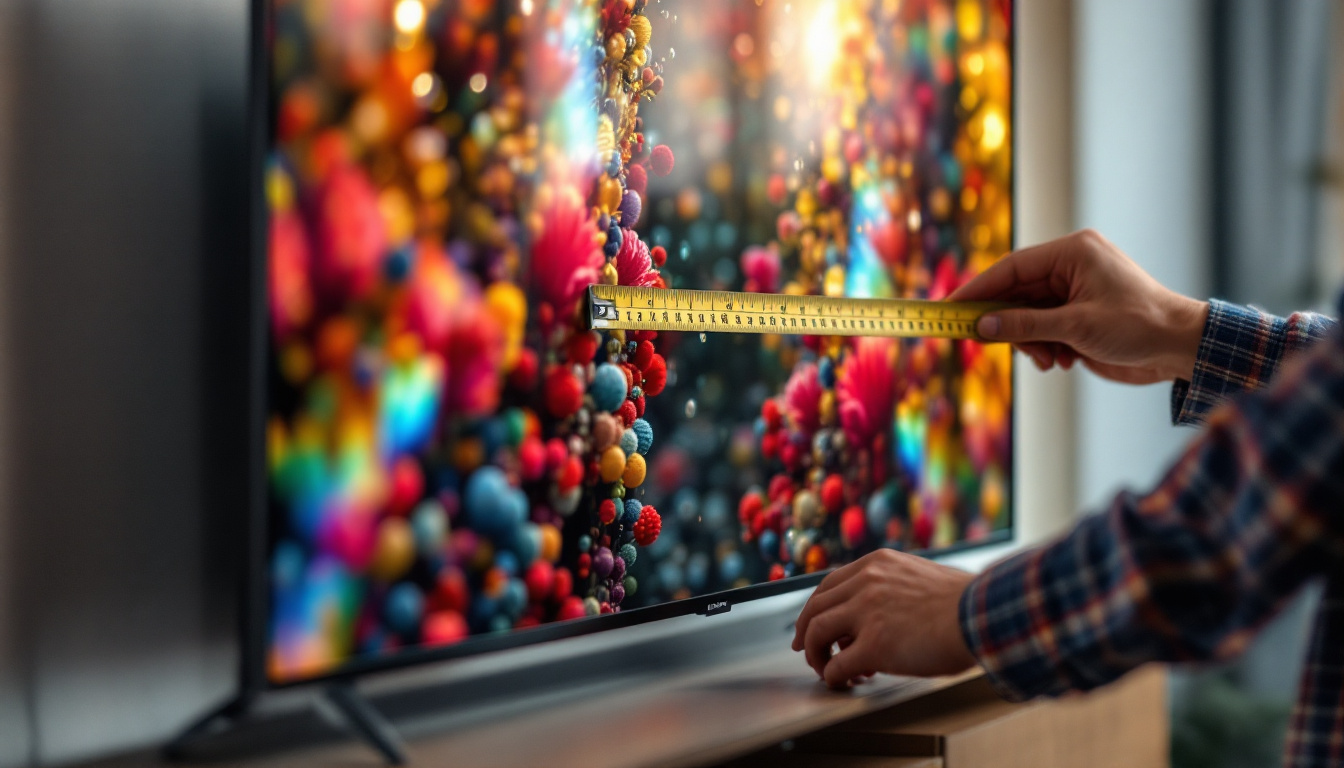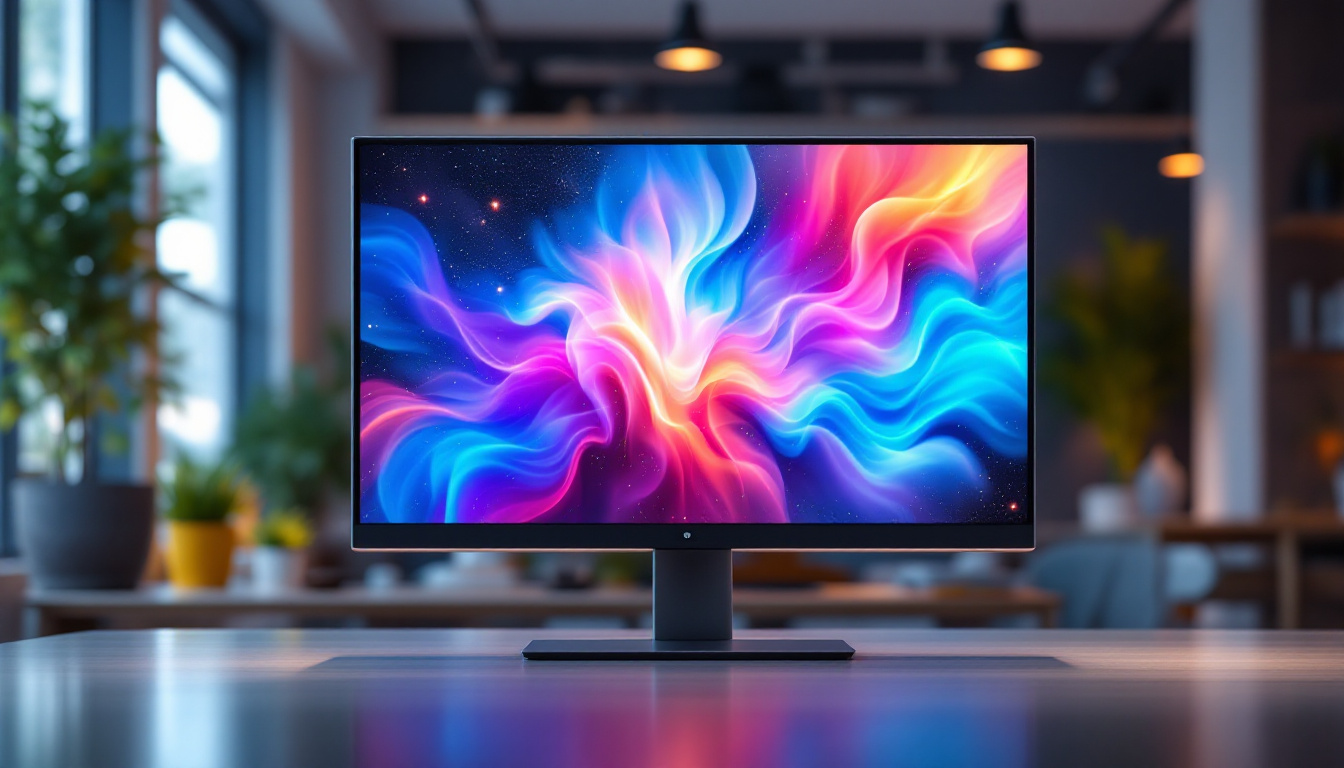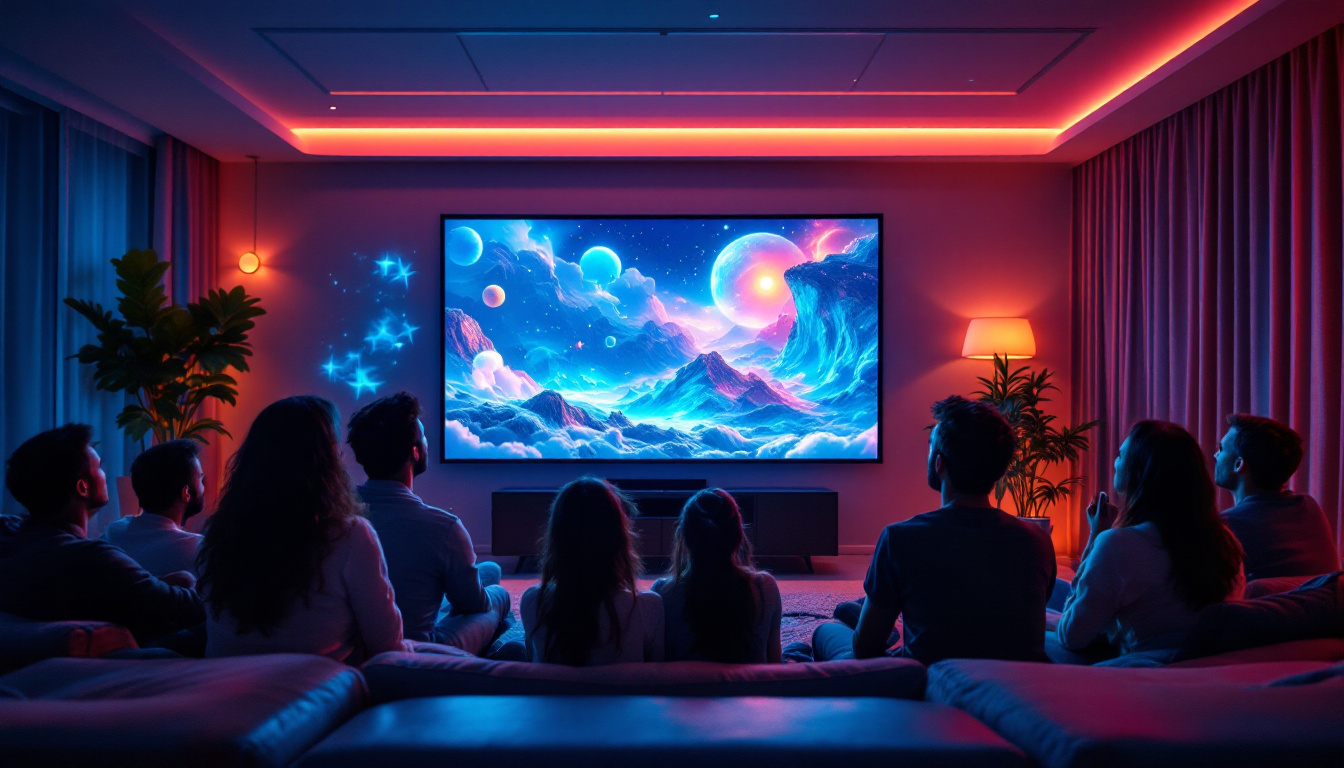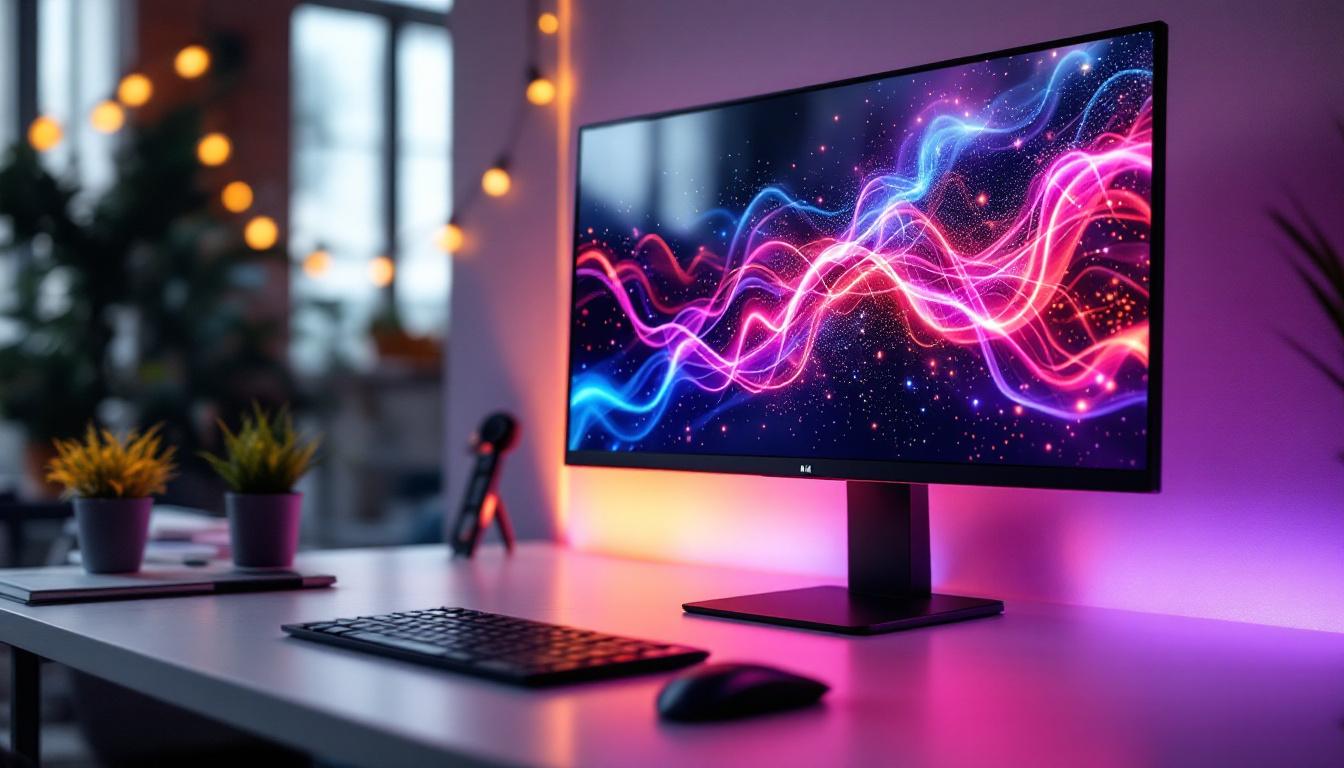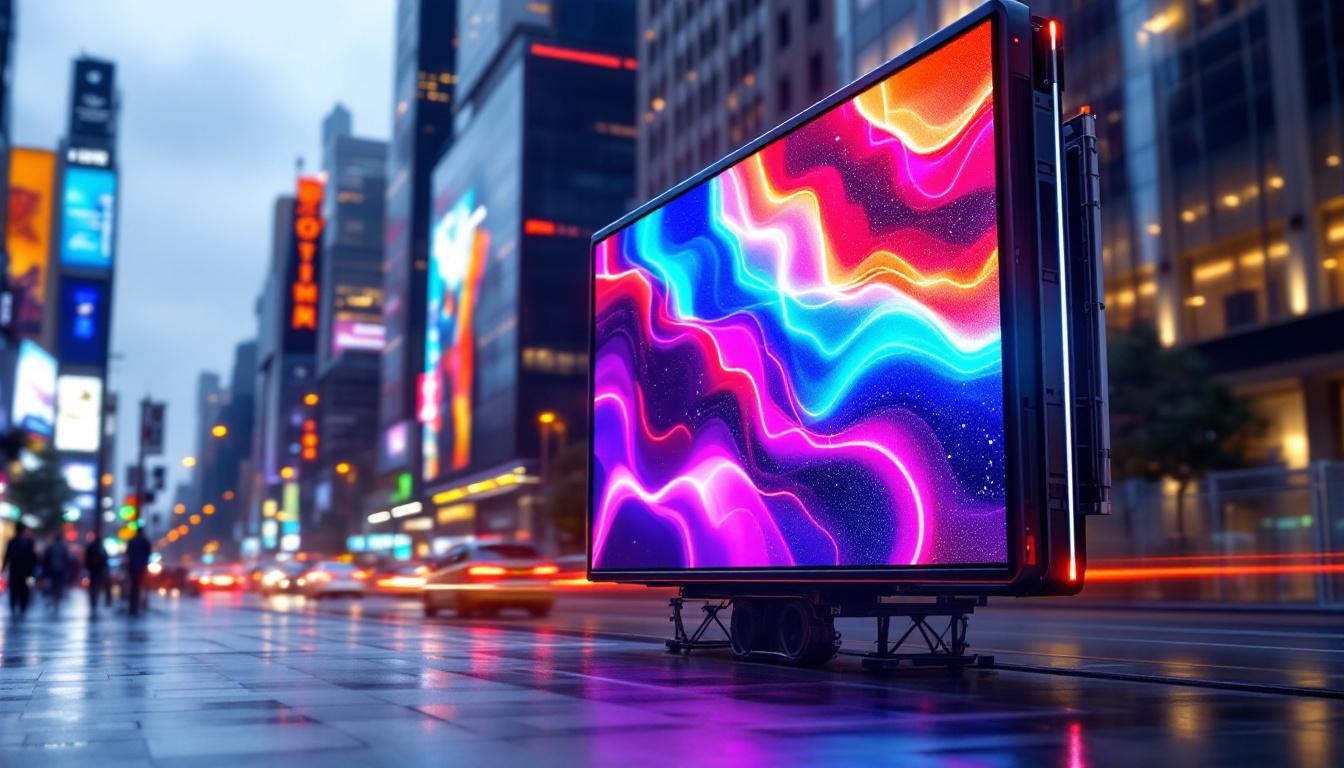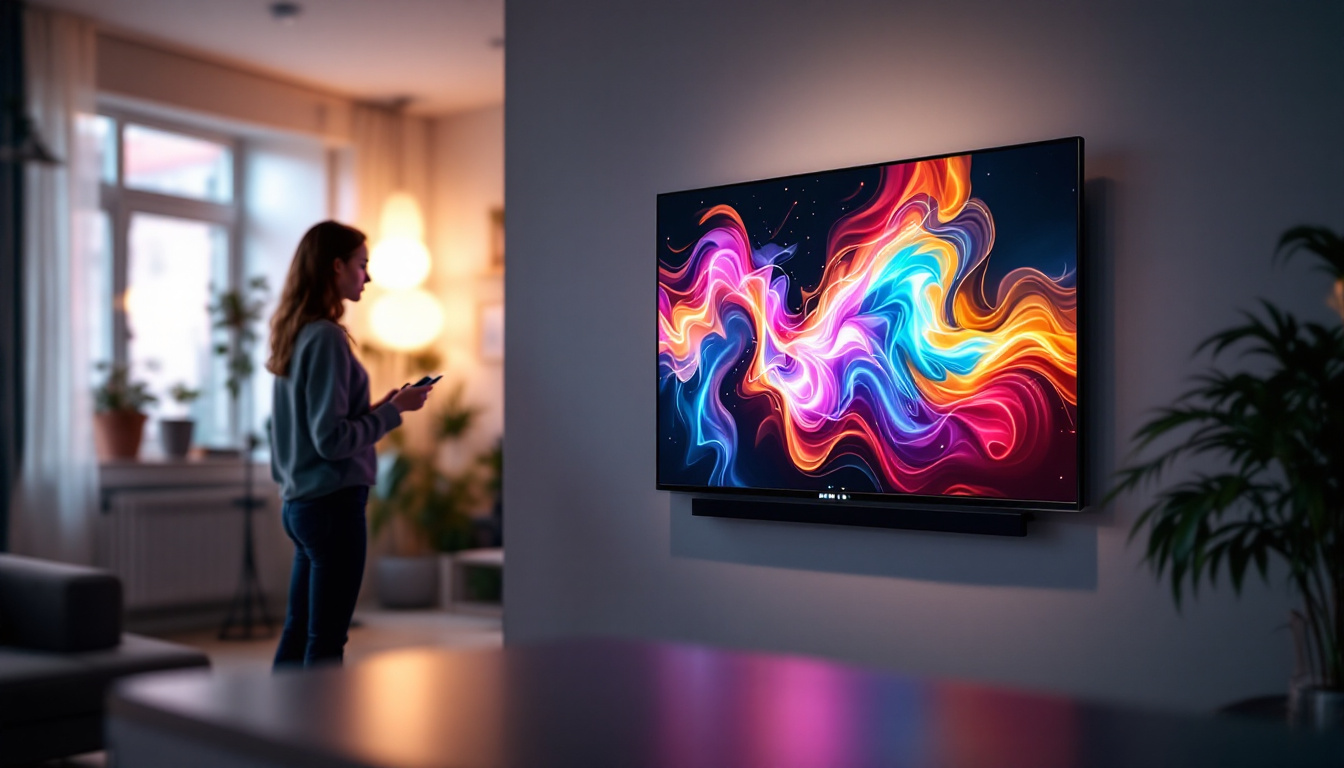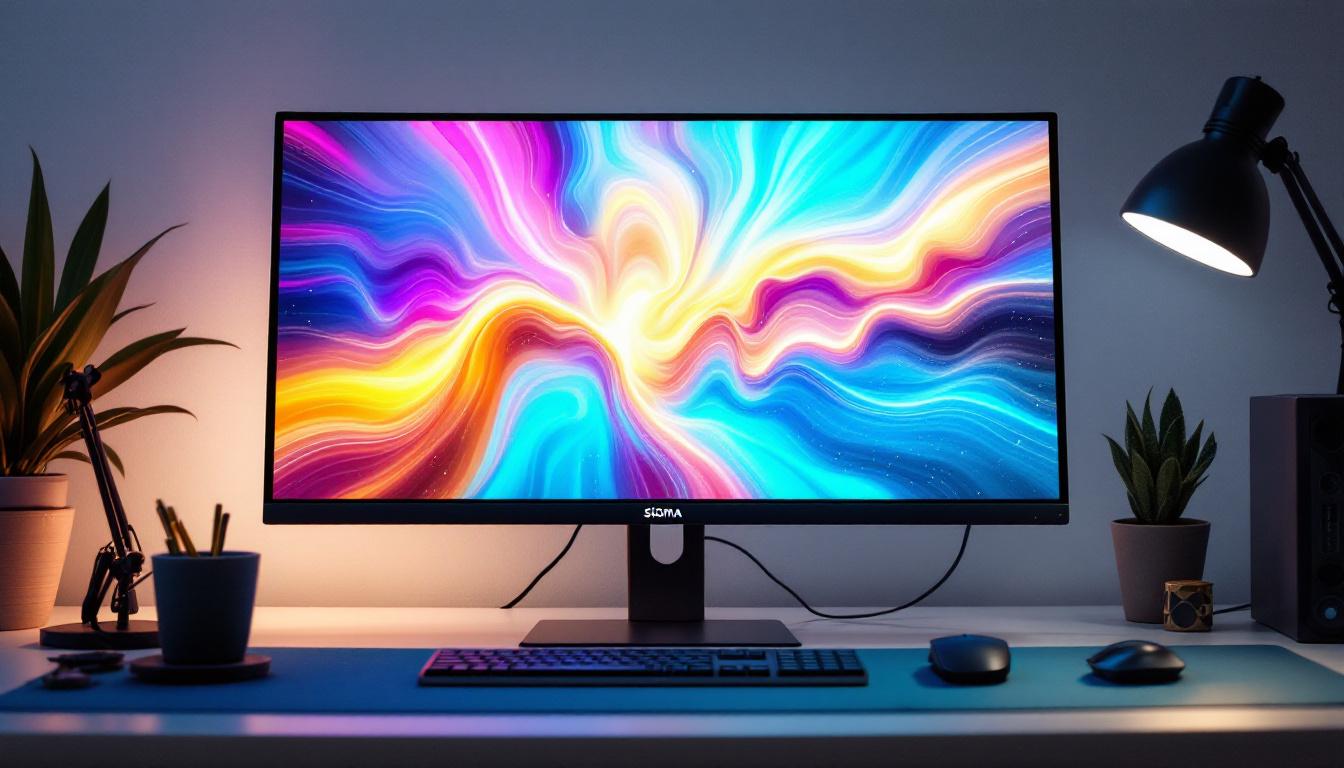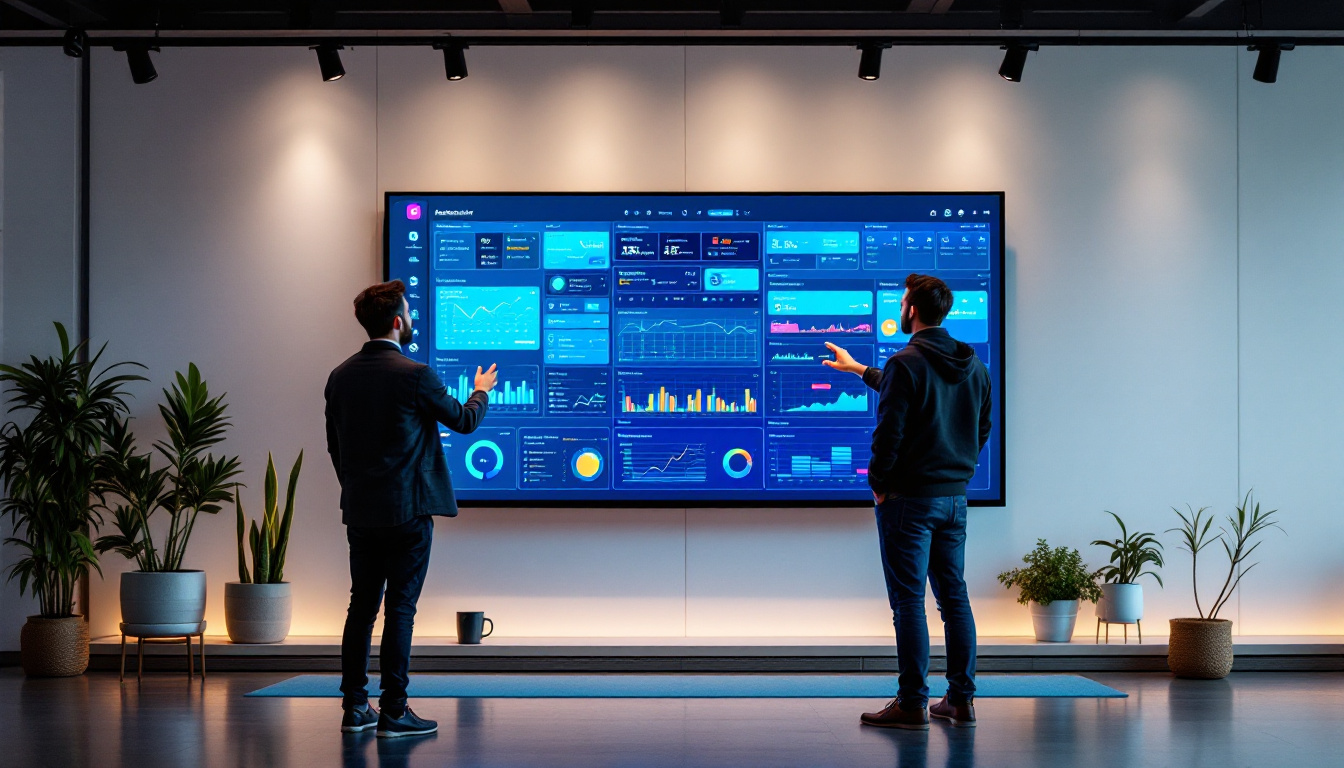In today’s digital age, the quality and design of computer monitors play a pivotal role in both productivity and entertainment. Among various display technologies, LED displays have become the standard for most modern monitors, offering vibrant colors, energy efficiency, and sleek designs. However, understanding what an LED display entails, how it differs from other technologies, and the importance of choosing the right monitor stand can significantly enhance the user experience.
This article delves into the technical aspects of LED displays, explores their advantages and limitations, and discusses how the right monitor stand complements the overall setup, ensuring ergonomic comfort and optimal performance.
Understanding LED Display Technology
What is an LED Display?
LED stands for Light Emitting Diode, a semiconductor device that emits light when an electric current passes through it. In the context of monitors, LED displays refer to LCD (Liquid Crystal Display) panels that use LED backlighting instead of the older CCFL (Cold Cathode Fluorescent Lamp) technology.
Unlike OLED (Organic LED) displays where each pixel emits its own light, LED monitors rely on a backlight that illuminates the liquid crystals, which then modulate the light to produce images. This distinction is crucial because it impacts brightness, contrast, power consumption, and overall display quality. The technology behind LED displays has evolved significantly over the years, leading to enhancements in image clarity and color performance. As a result, LED displays are now widely used in various applications, from televisions and computer monitors to digital signage and smartphones.
Types of LED Backlighting
There are primarily two types of LED backlighting used in monitors:
- Edge-Lit LED: LEDs are placed along the edges of the screen, and light is diffused across the panel. This design allows for thinner monitors and is generally more cost-effective.
- Direct-Lit or Full-Array LED: LEDs are placed directly behind the screen in a grid pattern, providing more uniform brightness and better local dimming, which enhances contrast and black levels.
Full-array LED backlighting is typically found in higher-end monitors and is especially beneficial for HDR (High Dynamic Range) content, where precise control over brightness and contrast is essential. Additionally, some advanced models incorporate local dimming zones, which allow specific areas of the screen to dim independently, further enhancing the viewing experience by delivering deeper blacks and more vibrant colors. This technology is particularly advantageous for cinematic experiences, where the interplay of light and shadow can create a more immersive atmosphere.
Advantages of LED Displays
LED displays offer several benefits that have made them the dominant technology in the monitor market:
- Energy Efficiency: LED backlights consume less power compared to CCFLs, which translates to lower electricity bills and longer battery life for laptops.
- Improved Brightness and Color Accuracy: LEDs can achieve higher brightness levels and better color reproduction, essential for professional photo and video editing.
- Slim and Lightweight Designs: The compact nature of LED backlighting allows manufacturers to produce thinner and lighter monitors, saving desk space and improving portability.
- Longer Lifespan: LEDs generally have a longer operational life than fluorescent backlights, reducing the need for replacements and maintenance.
Moreover, LED displays are known for their rapid response times, making them ideal for fast-paced gaming and video playback. This responsiveness minimizes motion blur, providing a smoother visual experience. Additionally, many LED monitors now feature advanced technologies such as adaptive sync, which helps eliminate screen tearing and stuttering during gameplay, further enhancing the overall user experience. As a result, LED displays have become a preferred choice not only for casual users but also for gamers and professionals who demand high performance from their screens.
Limitations and Considerations
Despite their advantages, LED displays have some limitations worth noting:
- Viewing Angles: Some LED LCD monitors, especially those with TN (Twisted Nematic) panels, suffer from narrow viewing angles, causing color shifting when viewed from the side.
- Contrast Ratios: While full-array LED backlighting improves contrast, many LED monitors still cannot match the perfect blacks of OLED displays due to backlight bleed.
- Price Variability: High-end LED monitors with advanced features like quantum dot technology or HDR support can be significantly more expensive.
Understanding these factors helps users make informed decisions based on their specific needs, whether for gaming, professional work, or general use. Additionally, potential buyers should consider the intended environment for the display, as ambient lighting can significantly affect the perceived quality of the image. For instance, a monitor used in a brightly lit room may require higher brightness levels to maintain visibility, while a darker environment might benefit from displays with better contrast ratios. These considerations play a crucial role in ensuring that users select the right monitor that aligns with their unique requirements and preferences.
The Role of Monitor Stands in Enhancing LED Display Use
Why Monitor Stands Matter
The physical positioning of a monitor is just as important as the display technology itself. A well-designed monitor stand can improve ergonomics, reduce neck and eye strain, and optimize desk space. Given that many users spend hours in front of their screens daily, investing in a quality stand is a practical step toward healthier and more comfortable computing.
Types of Monitor Stands
Monitor stands come in various forms, each catering to different needs and setups:
- Fixed Stands: These are the basic stands that come with most monitors. They offer limited or no adjustability, typically allowing only tilt adjustments.
- Adjustable Stands: These stands provide height adjustment, swivel, tilt, and sometimes rotation, enabling users to position the monitor at the most comfortable angle.
- Monitor Arms: Mounted to the desk or wall, monitor arms offer maximum flexibility, allowing users to move the monitor freely in multiple directions and save desk space.
- Dual or Multi-Monitor Stands: Designed to hold multiple monitors simultaneously, these stands are ideal for professionals who require extensive screen real estate.
Ergonomic Benefits of Proper Monitor Positioning
Ergonomics plays a critical role in workplace health and productivity. The ideal monitor position typically involves:
- Placing the top of the screen at or slightly below eye level to prevent neck strain.
- Maintaining a viewing distance of about 20 to 30 inches (50 to 75 cm) from the eyes.
- Ensuring the screen is directly in front to avoid twisting the neck or torso.
A good monitor stand facilitates these adjustments, reducing the risk of musculoskeletal disorders and eye fatigue, which are common complaints among office workers and gamers alike.
Choosing the Right LED Monitor and Stand for Your Needs
Assessing Your Usage Requirements
Before purchasing an LED monitor and stand, it is essential to evaluate your primary use cases:
- Gaming: Look for monitors with fast refresh rates (120Hz or higher), low response times, and features like G-Sync or FreeSync to reduce screen tearing.
- Professional Work: Color accuracy and resolution are paramount. Monitors with IPS panels, 4K resolution, and wide color gamut coverage (AdobeRGB, DCI-P3) are preferred.
- General Use: Balanced features with Full HD resolution and standard refresh rates suffice for web browsing, office work, and media consumption.
Considerations for Monitor Stand Selection
When selecting a monitor stand, consider the following factors:
- Compatibility: Ensure the stand supports the monitor’s size and weight. Most monitors use VESA mounting standards, but it’s important to verify.
- Adjustability: Choose a stand that offers the range of motion you need for comfortable viewing.
- Desk Space: Evaluate your workspace to determine if a fixed stand or an adjustable arm would better suit your environment.
- Build Quality: A sturdy stand or arm reduces wobble and enhances stability, especially for larger or heavier monitors.
Popular Trends and Innovations
Recent innovations in LED monitors and stands include:
- Curved LED Monitors: Curved screens provide a more immersive experience, reducing distortion at the edges and improving viewing comfort.
- Quantum Dot Technology: Enhances color accuracy and brightness by using semiconductor nanocrystals, pushing LED display quality closer to OLED levels.
- Ergonomic Monitor Stands with Cable Management: Integrated cable routing systems help keep desks tidy and reduce clutter.
- Height-Adjustable and Motorized Stands: Some stands now offer motorized height adjustments controlled via software or remote, adding convenience.
Maintaining Your LED Monitor and Stand
Cleaning and Care Tips
Proper maintenance extends the lifespan and performance of your LED monitor and stand:
- Cleaning the Screen: Use a microfiber cloth and screen-safe cleaning solutions to avoid scratches and damage. Avoid harsh chemicals like ammonia or alcohol.
- Dusting the Stand: Regularly wipe down the stand or arm to prevent dust buildup, which can affect mechanical parts over time.
- Checking Mounting Hardware: Periodically inspect screws and joints to ensure the monitor remains securely attached and stable.
Optimizing Display Settings
Adjusting your monitor’s settings can enhance viewing comfort and image quality:
- Calibrate brightness and contrast to suit ambient lighting conditions.
- Use built-in color calibration tools or external devices for professional accuracy.
- Enable blue light filters or “night mode” to reduce eye strain during extended use.
Conclusion
LED displays have revolutionized the way users interact with digital content, offering a blend of vibrant visuals, energy efficiency, and sleek design. Understanding the technology behind LED monitors helps users make informed choices that align with their needs, whether for gaming, professional work, or everyday computing.
Equally important is the selection of a suitable monitor stand, which enhances ergonomics, comfort, and workspace organization. By considering factors such as adjustability, compatibility, and build quality, users can create an optimized setup that supports health and productivity.
As technology continues to evolve, staying informed about the latest trends and maintenance practices ensures that your LED display and stand remain reliable and enjoyable components of your digital environment for years to come.
Discover LumenMatrix’s Advanced LED Display Solutions
Ready to elevate your digital experience with the latest in LED technology? Look no further than LumenMatrix, where innovation meets visual brilliance. Whether you’re seeking to boost your brand’s presence or captivate your audience with high-impact visuals, our comprehensive range of LED display modules, including Indoor and Outdoor LED Wall Displays, Vehicle LED Displays, and more, are designed to deliver unparalleled performance. Embrace the future of visual communication with LumenMatrix and transform your space into a dynamic, engaging environment. Check out LumenMatrix LED Display Solutions today and see your vision come to life.


